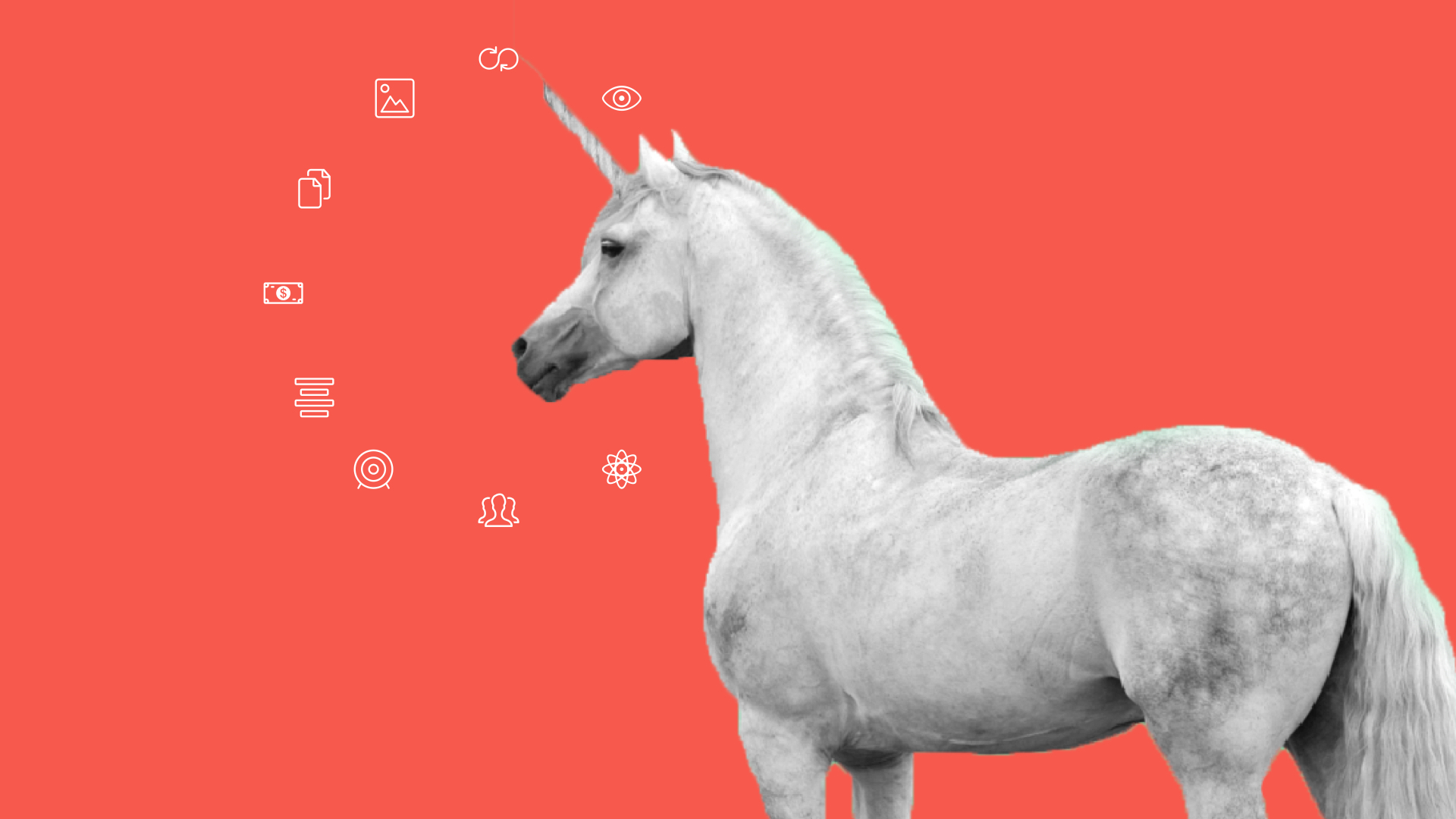
Whether it’s for interviews, informationals, or networking, I have occasion to meet with a lot of designers at different stages in their careers. Because my own journey was so unique, I’m always fascinated by how people find their way into a career as a UX designer and what directions they choose to take with it. The field of UX is so multifaceted. Designers can follow vastly different career paths, each leading to great success. Some are focused on a specific industry–finance, education, retail, etc.–while other are focused on an audience group–B2B vs B2C, for instance. Still some designers find themselves interested in particular skillsets like research, content strategy, or UI. The combinations are varied and endless.
While the vastness of UX leaves the field wide open for designers to really mark out their own career paths, for young designers it can lead to confusion on what they should focus on and where to devote personal development efforts. To complicate matters even further, there is a continued focus from companies who are looking for a unicorn–that is, a single individual who in and of themselves comprise an entire product team: from research and development to strategy and beyond.
Just last week I had coffee with a former student from General Assembly who had since spent a year in the workforce and then went back to get his masters in interaction design. This is a really talented individual who, like me, happens to have a degree in anthropology, so I can really relate to him and have been able to help foster his unique talents. Towards the end of our chat, after we talked about his upcoming thesis show, he asked me the age old question: “Where is the UX field going and what should I focus on to stay competitive?”
Be a T-shape, not a unicorn
The best way to answer this is to first start from a framework of personal skills development. Being a unicorn is not an appropriate framework. Even if you are an amazing wiz at user research, strategy, information architecture, visual design and front end development, being a unicorn means denying yourself the ability to collaborate with others, and bounce around ideas that will push you to create more innovative solutions and have a more rewarding career. Rather than trying to be a unicorn, I have long subscribe to the concept of “T-shaped people” This concept says that individuals should have a deep functional expertise in one area rather and than broader knowledge in a few different areas, and that a great digital team is a small one, with overlocking skills, who can innovate quickly together.
Work in small teams
In the model described above there is ample opportunity to collaborate and learn from one another, develop specialized skills, and create amazing work, so long as you keep the teams small. I find that too many team members can often slow a project down and might even stifle innovation. Though a team of 8 might have the best possible individual skills–we are talking deep functional expertise in all the key areas needed to make a product–a team of 3, with a healthy combination of those skills, can do wonders. Because they do not have to convince as many people of the right strategic direction, small teams are less likely to water down their approach and can make decisions faster. By being able to wear more than one hat, and playing in a space where every team member is doing the same, a small team can accomplish a lot.
Be able to wear a lot of hats
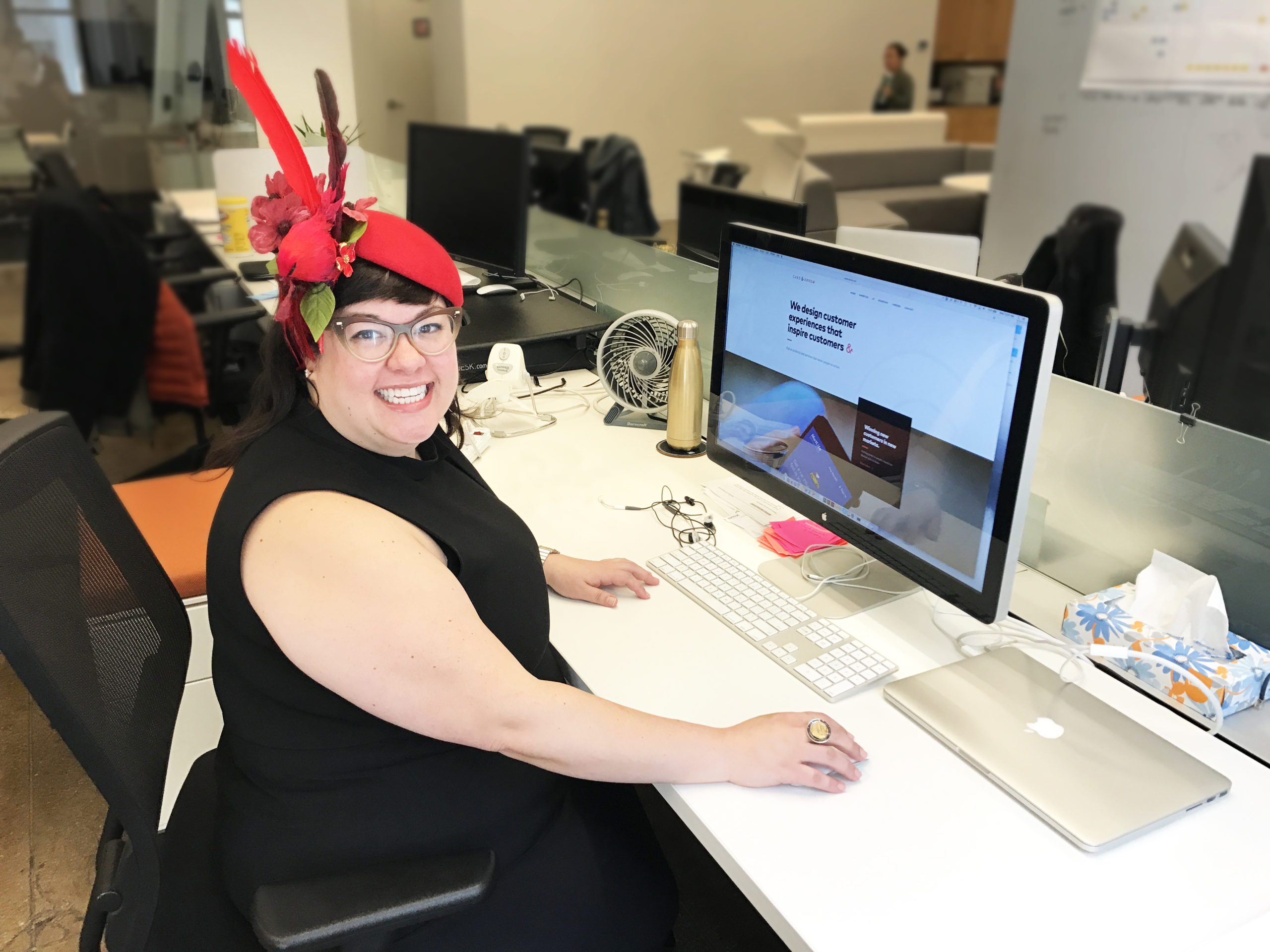
At Cake & Arrow, it’s typical for us to have a project team of 3-5 people (not including account and project management), and we make sure that our teams can execute all of the below functions. We never have one person assigned to each skill, as our team members all do a little bit of everything. Here’s a quick overview of the skills every successful project team needs.
1. Research
Every good product is grounded in deep user insights. A good researcher can not only solicit the mental models of users, but can synthesize them into actionable recommendations for a product team. People with backgrounds in psychology, anthropology, sociology or other social sciences are likely to be strong in this skill.
2. Strategy
Having a clear plan for how to achieve a project’s goals, and being able to develop these goals in the first place is the domain of strategy. A good strategist can digest a multitude of inputs, from research, to analytics, to market trends, all of which help set the goals and approach for a project team. People with a background in business, analytics, consulting, military service and liberal arts are already coming to the table with some of these skills.
3. Product Management
Having a clear roadmap for the product and making sure the MVP (minimum viable product) balances user needs, business goals and technical feasibility are some of the many skills that product managers bring to a team. Product Management is a budding career and you will often see people transitioning into this career from business analysis, strategy, technical architecture or technical project management–and even business and marketing. As of late, I’ve actually seen a migration of senior UX talent into product leadership roles.
4. Information Architecture
If you are a UX designer who is reading this, you have probably been waiting for me to mention a more traditional UX skill. Designing the hierarchy of the information within a section or on a page as well as the navigation approach of any experience is the heart and soul of how a product works. Information Architecture has become its own field of study, but us oldies migrated to this field via library sciences, psychology, graphic design, HCI and development.
5. Content Strategy
The content strategy encompasses the planning, creation and management approach for all content within an experience. Content Strategy addresses the audience’s needs by creating a tone of voice for the content as well as governance around content workflows for how content is generated, approved and published. Content strategists can have a varied background, but I mostly see people in this field come from a background in information architecture, editing, and publishing.
6. Visual Design/UI/Interaction Design
When people think of the main output of a product team, it often comes back to the artifacts that are produced by visual designers, UI designers and interaction designers. Besides building the thing for real, this is how the sausage gets made and is understood by the outside world or by a client. Creating wireframes, comps and videos of interactions to explain the design systems and core features of the experience is how outsiders will actually start to understand what the team is working on building. Naturally, graphic designers, information architects, front-end developers and art students all gravitate towards this role.
7. Testing
Getting iterative feedback to improve the overall all experience as well as pure validation that the experience works is the main goal of user testing. There can also be a little bit of user adoption and training skills inherent in this task as well. I personally believe that everyone on the product team should possess this skill, and that you can use it in your everyday life for so many things. Like researchers, those who are good at testing often have a background in psychology, anthropology, sociology or other social sciences or sometimes in marketing research, analytics or user experience design.
8. Prototyping and Light Front-end Development
Creating a prototype of your experience, be it on paper, in a tool like Invision or Axure or a workable front-end coded demo, is a critical step in every product process, because it serves as the living manifestation of your design work and it’s something that stakeholders and users can react to. It’s also what proves your product is viable. Computer scientists, basement/garage tinkerers coders and designers who needed to learn how to bring their work to life all tend to end up doing the prototyping .
8. Facilitation & Leadership
A good idea is only as good as the support behind it. Facilitating the team to project completion, getting buy-in from stakeholders and selling and defending the team’s idea are skills that will make or break the success of a project. While many team members may possess one or two of the above skills, few possess these facilitation and leadership skills.–these are the skills that set UX designers apart and will be critical as they progress up the ladder in their careers. Looking for these skills? They can be found in individuals with backgrounds in business, consulting and teaching.
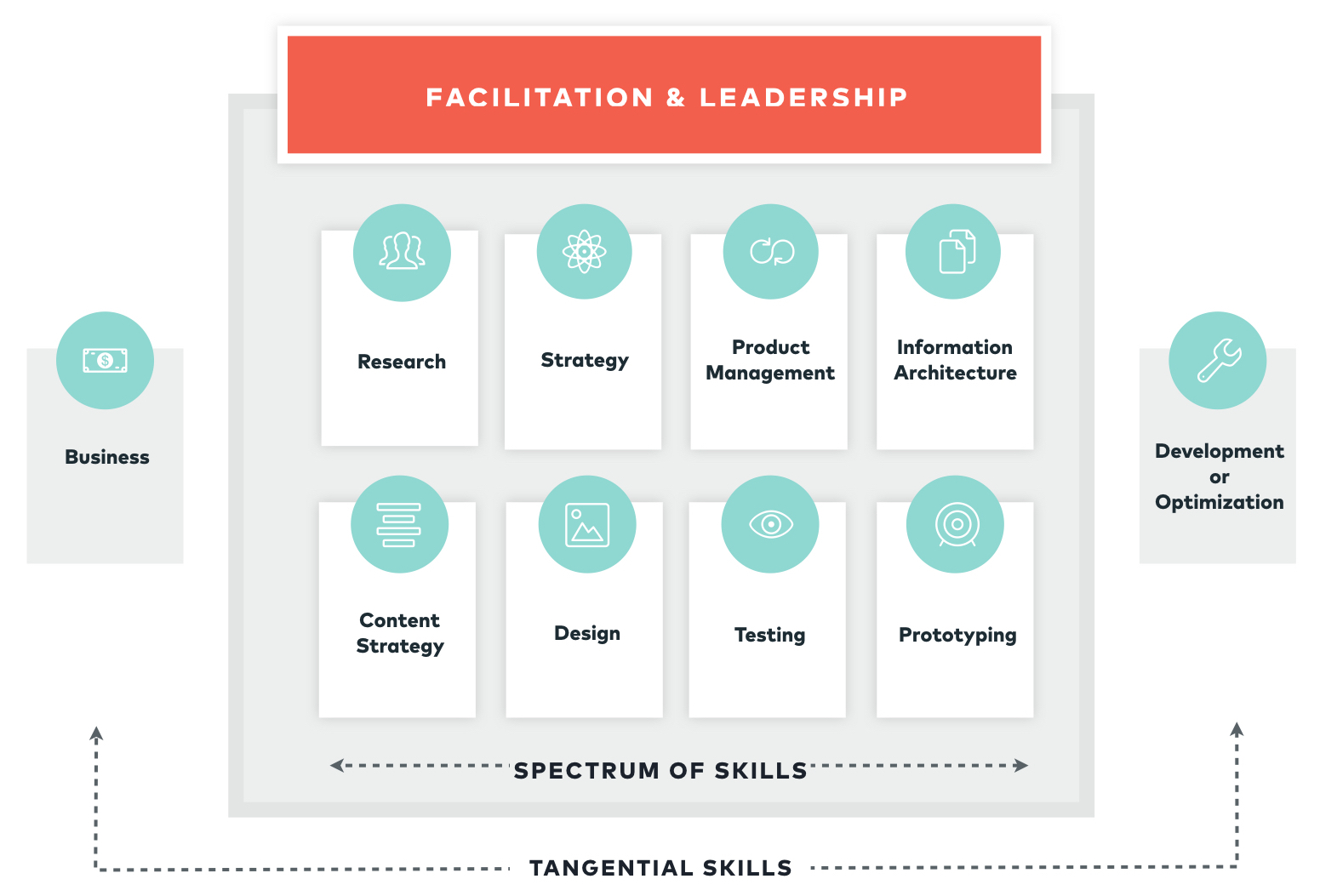
How to choose your hats wisely
With this wide array of hats to choose from, actually deciding upon which hats you are going to wear can be tough. You need to think about what skills are going to differentiate you from other UX designers while also helping you build out a rich and satisfying career. Personally, I think it’s about choosing complementary skills that balance the needs of the project team with your own background and interests. Below are a few tips to help you do this effectively:
1. Choose skills that are closest to each other in the product process
I’ve listed the above skills in more or less the order that they happen on a project. We all know that creating a product isn’t necessarily a linear process, but listing them this way allows us to look at a spectrum of skills in an order of how they relate. It’s wise to look through the above skills and choose one specific skill as your deep function area, then ask yourself: what is to the left and right of that skill and is that something I should add to my arsenal? The one exception being Facilitation and Leadership–these are skills every UX designer should be constantly developing regardless of where they fall in the list.
2. Mine your background
In each description above I’ve given you some insights into who tends to gravitate toward that specific skill. If you happened to study one of the things listed in a past life, you may want to consider resurrecting that skill, as it could make you better at your job today. Even if you haven’t done it in a while, the fundamentals are probably still there, you just need to get a refresher and read up on its modern manifestation in the digital landscape. It’s a lot easier to pick up an old skill than try to learn a completely new one. AND you already have proof of it in your background, which makes you look more like an expert to future employers and your team.
3. Learn the skills you admire in others
If you are actually looking to acquire 100% net new skills, and not sure which to pick, then explore what inspires you in others. If you are constantly on a project team as a visual designer, and are always in awe of what the strategist says, maybe that is something you want to learn more about! The people that seem to have super human skills other than our own are a great source of inspiration. And though you may never become an expert, knowing more about what they do will not only satisfy your curiosity, but will help you be a more productive team member.
Below are some examples of how we have cobbled together the various roles, backgrounds, and skills of our employees to build a lean UX team.
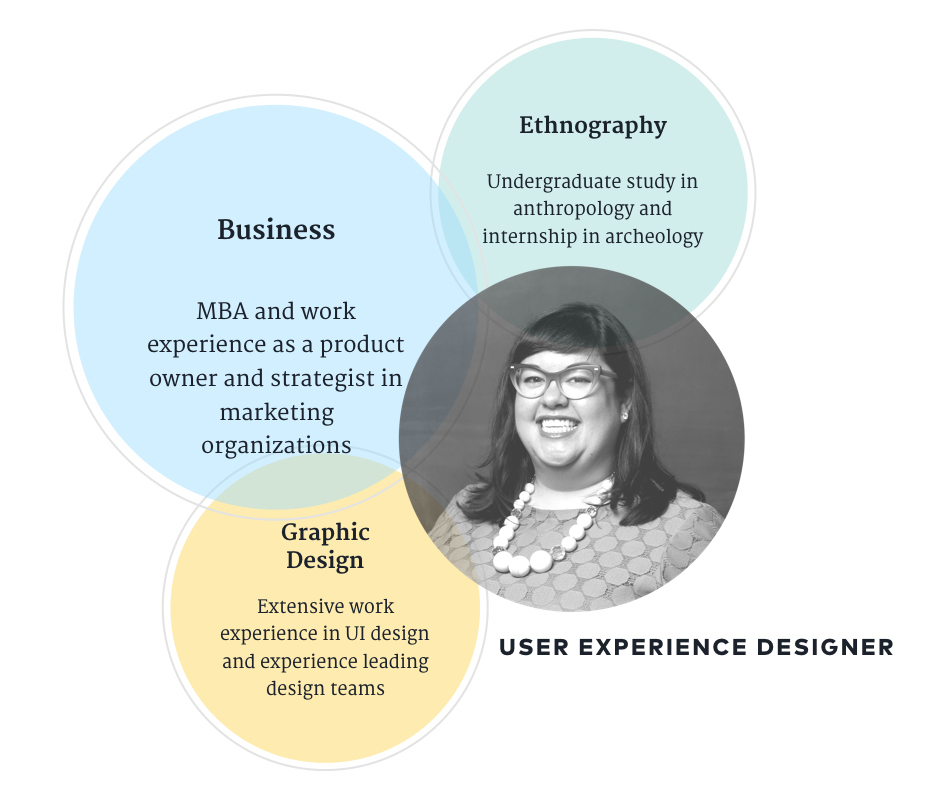
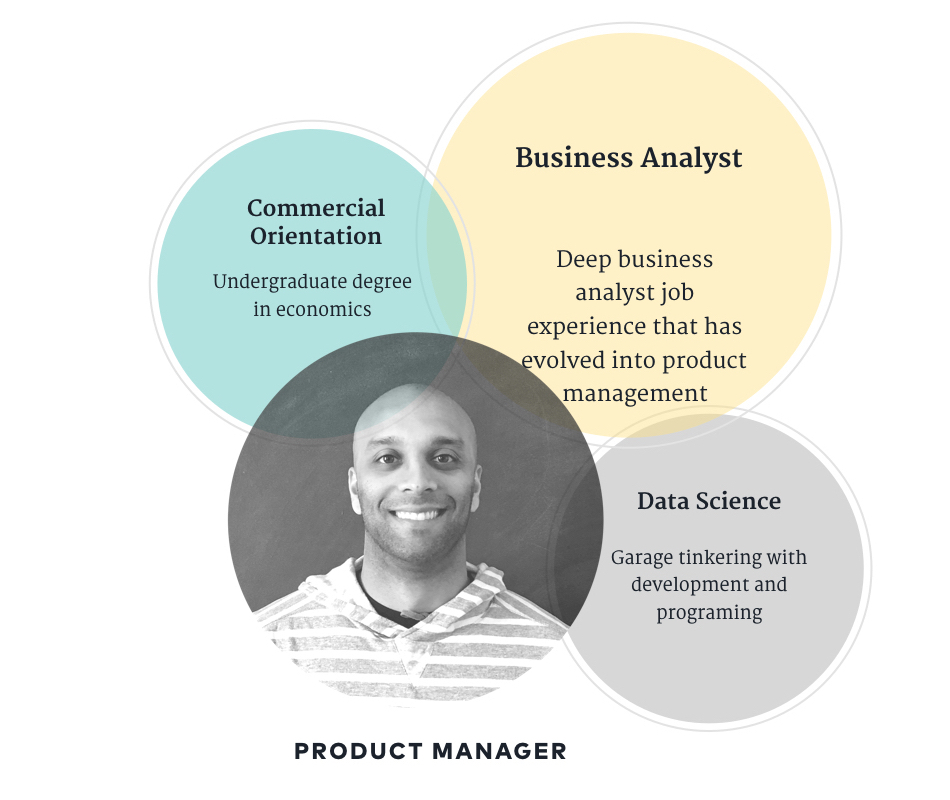
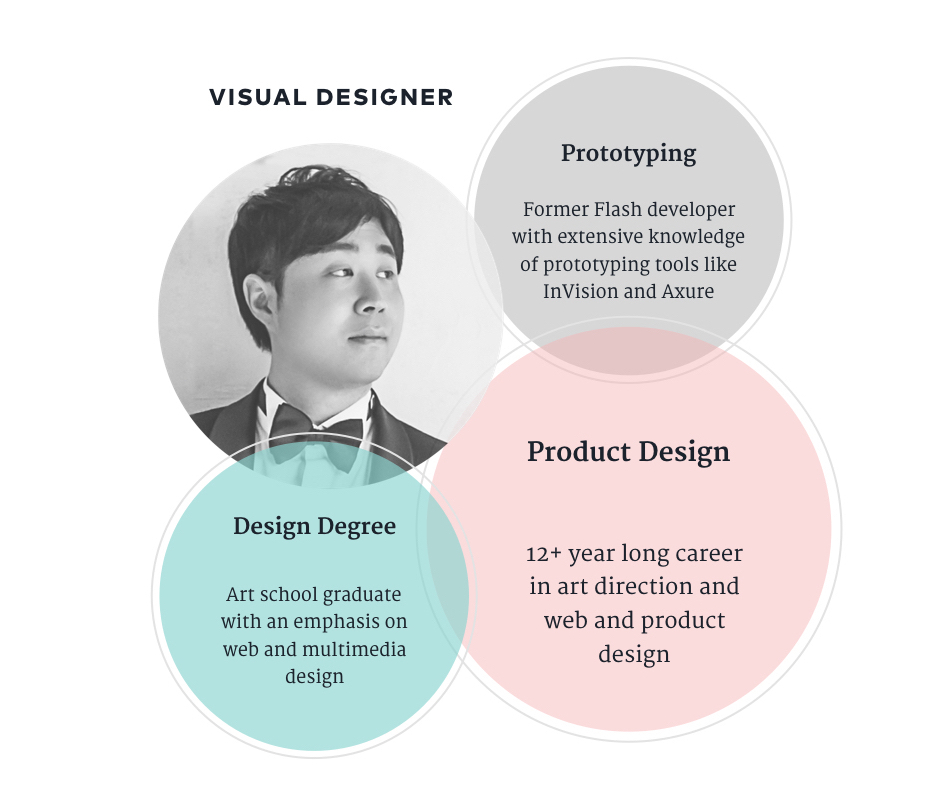
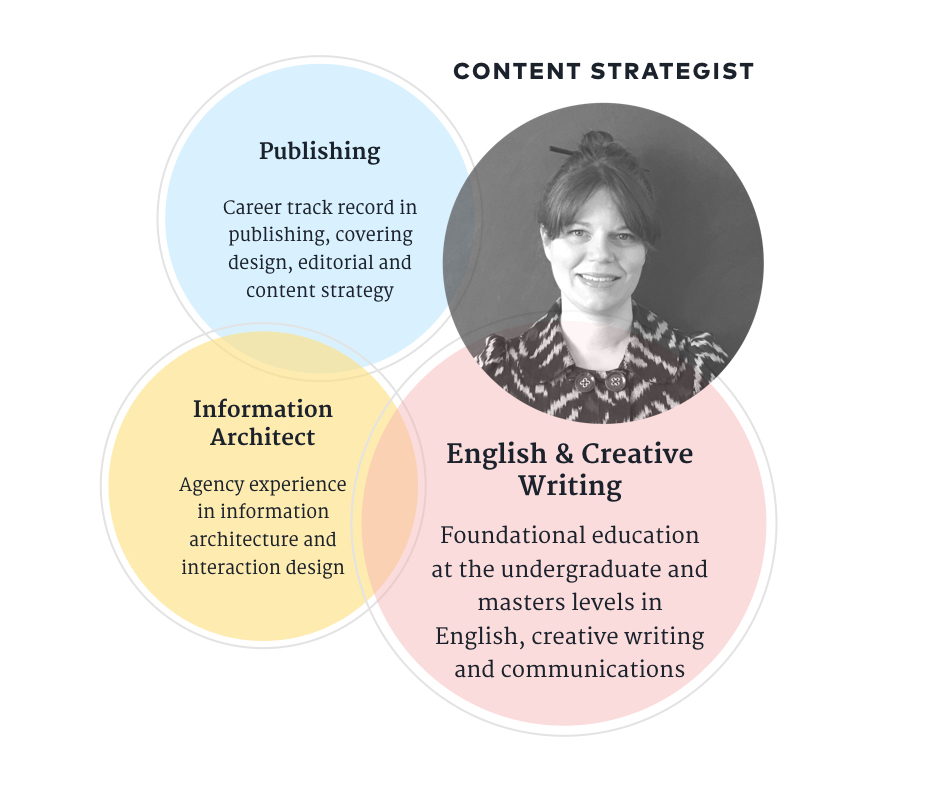
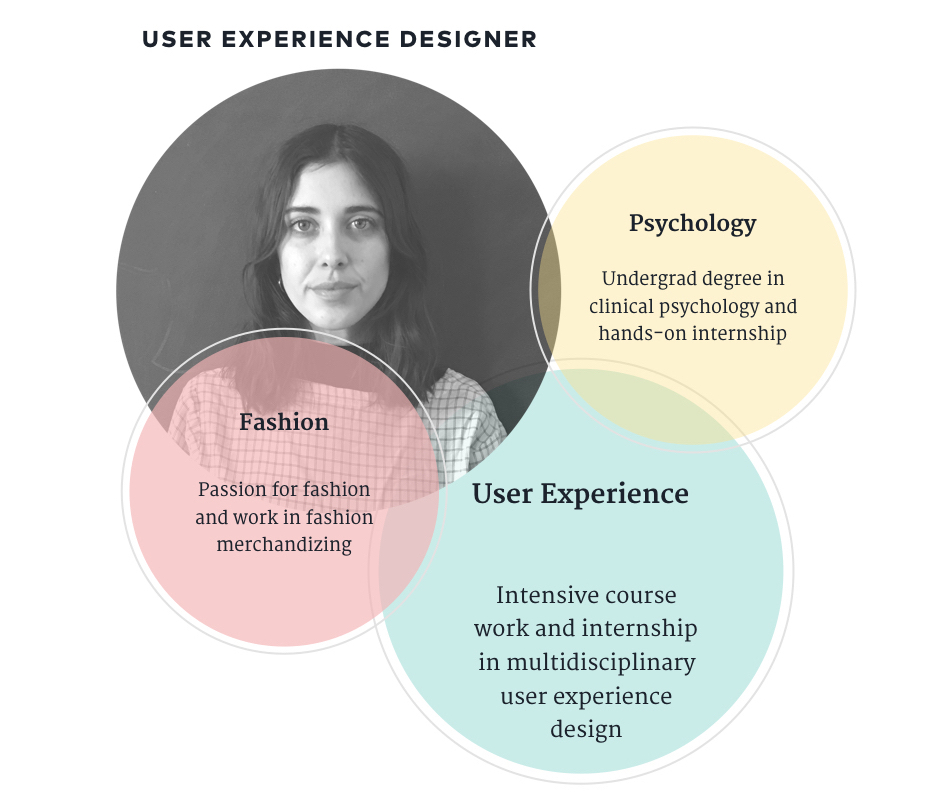
While it may seem overwhelming to decide which skills you want to invest your time and energy into, and where you want your career to take you, what is exciting about UX is that it’s a field that is constantly evolving. This gives you a lot of flexibility to explore and carve out a path all your own. And trust me, from my own experience, learning a new skill is never going to hurt you, and if you find out something isn’t for you, there is plenty of time to change directions as you take on new roles and advance in your career.